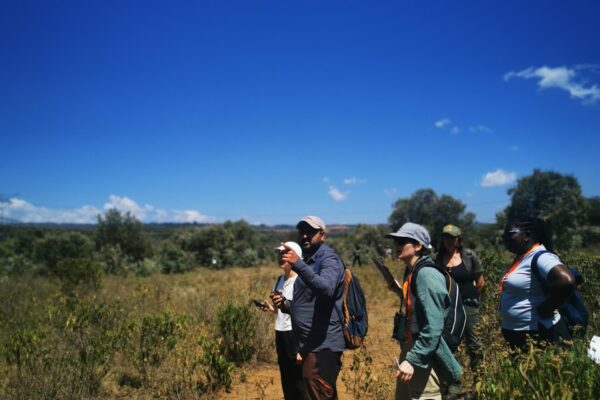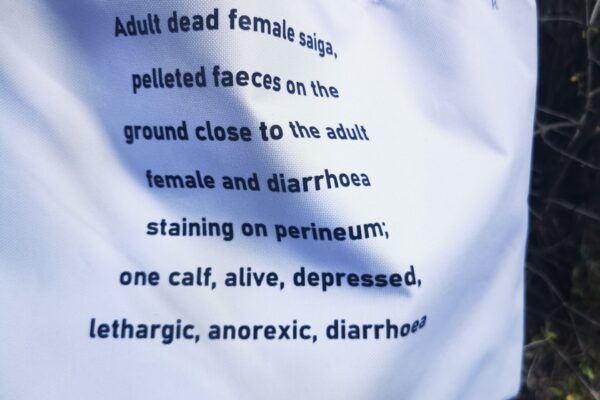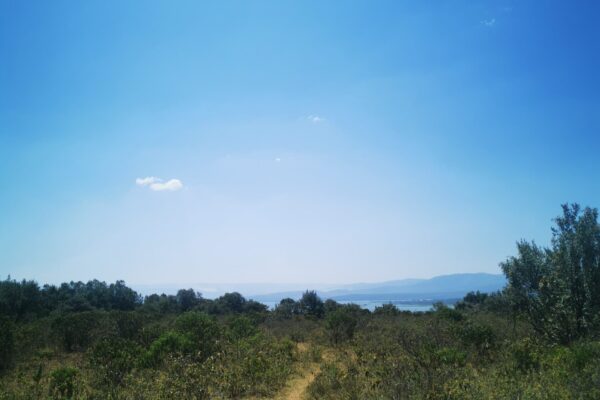
22nd February
by Drs Laura Sedrik and Crispus Singoma
After two rather early mornings it was nice to have a slow start for the day. Breakfast was at its usual time 7-8 am, but lectures didn’t start until 10 am. It was possible to find us studying and working on our assignments scattered randomly around the institution. Some working in the lecture room, some on various benches around the building. The warthogs were enjoying their time and doing their warthoggy things, but every now and then they’d give you a stern stare making you lose your concentration. They are very calm and nonchalant towards people, but I still would not want to get between a sow and a piglet in a tight spot.
The day’s theme was disease outbreak investigation, because it is important for species conservation as well as animal and human health. Pathogens shape ecosystems on many trophic levels. Dr Tony Sainsbury lead the day with lectures, discussions and group activities where we were divided into five groups. In the first activity we as the investigation team were to make an action plan to a disease outbreak of 80 dead ungulates. We were to plan what information to gather before heading to the location, what kind of a team we’d like to have and how carry out the investigation. We were given an unlimited budged and one of the teams even wanted to get helicopter for transportation and a coffee and tea service!
In the second group activity we went to the outbreak site and were to find the dead and diseased animals. The groups did their work independently, but in the same area. It was a hot day, the area partly properly covered with bushes and other vegetation making it a hard and sweaty task. Luckily for us the animals had gotten sick and died in an exceptionally organized form in a grid (but we still didn’t manage to find all 60 spots!). The learning objectives was to appreciate the methods of outbreak investigation and less of reaching a diagnosis.
The collected data included the following
- Species
- Number of animals
- Sex
- Age
- Status (dead or alive)
- Clinical signs
- Environmental signs
- Location (GPS coordinates)
- Distance to other animals and possible environmental features such as waterholes
We learned that it is not practical to visit and investigate all carcasses, but it is important to get a presentative amount of data for analysis. All groups did their own analysis of the gathered information and then gathered to a student-based learning and discussion session.
The day was very engaging with a lot of theoretical and practical learning. The methods can be applied to different settings in different parts of the world not depending of the species: buffaloes or the Nordic reindeers.
At the end of the day, we got a brief on the next day’s topic: field pathological examination. A short but informative lecture on avian pathological examination and the instructions on how to carry on the examinations of the carcasses for the next day.



